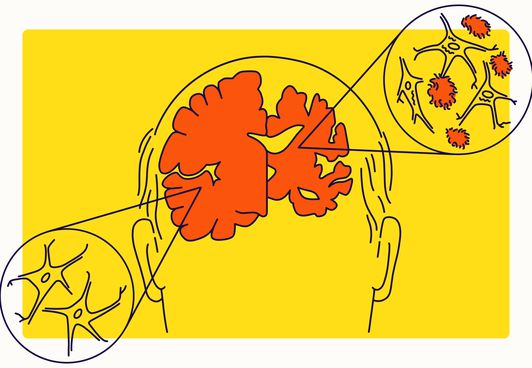
Breaking News
 The 3 Reasons Behind US Plot to Depose Venezuela's Maduro – Video #254
The 3 Reasons Behind US Plot to Depose Venezuela's Maduro – Video #254
 Evangelicals and the Veneration of Israel
Evangelicals and the Veneration of Israel
 Zohran Mamdani's Socialist Recipe for Economic Destruction
Zohran Mamdani's Socialist Recipe for Economic Destruction
 BREAKING: Fed-Up Citizens Sue New York AG Letitia James for Voter Intimidation...
BREAKING: Fed-Up Citizens Sue New York AG Letitia James for Voter Intimidation...
Top Tech News
 Goodbye, Cavities? Scientists Just Found a Way to Regrow Tooth Enamel
Goodbye, Cavities? Scientists Just Found a Way to Regrow Tooth Enamel
 Scientists Say They've Figured Out How to Transcribe Your Thoughts From an MRI Scan
Scientists Say They've Figured Out How to Transcribe Your Thoughts From an MRI Scan
 SanDisk stuffed 1 TB of storage into the smallest Type-C thumb drive ever
SanDisk stuffed 1 TB of storage into the smallest Type-C thumb drive ever
 Calling Dr. Grok. Can AI Do Better than Your Primary Physician?
Calling Dr. Grok. Can AI Do Better than Your Primary Physician?
 HUGE 32kWh LiFePO4 DIY Battery w/ 628Ah Cells! 90 Minute Build
HUGE 32kWh LiFePO4 DIY Battery w/ 628Ah Cells! 90 Minute Build
 What Has Bitcoin Become 17 Years After Satoshi Nakamoto Published The Whitepaper?
What Has Bitcoin Become 17 Years After Satoshi Nakamoto Published The Whitepaper?
 Japan just injected artificial blood into a human. No blood type needed. No refrigeration.
Japan just injected artificial blood into a human. No blood type needed. No refrigeration.
 The 6 Best LLM Tools To Run Models Locally
The 6 Best LLM Tools To Run Models Locally
 Testing My First Sodium-Ion Solar Battery
Testing My First Sodium-Ion Solar Battery
 A man once paralyzed from the waist down now stands on his own, not with machines or wires,...
A man once paralyzed from the waist down now stands on his own, not with machines or wires,...
Exercise's Secret for Preventing Alzheimer's Disease Discovered by Scientists

A new study has discovered why exercise may prevent Alzheimer's disease, potentially paving the way for new treatments for the currently incurable condition.
Experts at Massachusetts General Hospital found that during exercise, the body releases a hormone called irisin. This hormone has been shown to reduce the brain plaques and tangles commonly associated with Alzheimer's disease onset.
While physical exercise has consistently demonstrated its ability to reduce amyloid beta deposits in mouse experiments, the exact mechanisms remained unclear until now. The study, published in the journal Neuron, clears up this mystery and also suggests potential avenues for prevention and treatment of Alzheimer's — the most common form of dementia.
The Mass General team pioneered the development of the first 3D human cell culture models for Alzheimer's. These models showcase two primary characteristics of the disease: the formation of amyloid beta deposits and subsequent tau tangles in the brain.
It's well-documented that exercise elevates the levels of the muscle-derived hormone irisin, which not only helps regulate glucose and lipid metabolism in fat tissues but also enhances energy expenditure by promoting the conversion of white fat into brown fat. Earlier research indicated that irisin is present in both human and mouse brains. However, its levels are diminished in individuals with Alzheimer's. With this knowledge, the research team introduced irisin to their 3D cell culture model of Alzheimer's.



